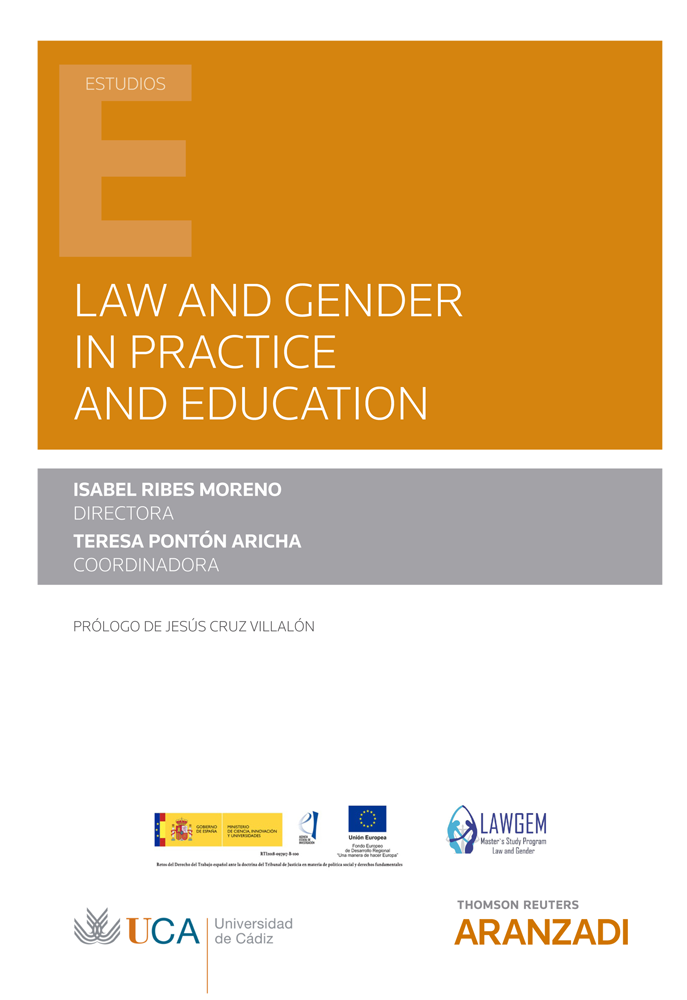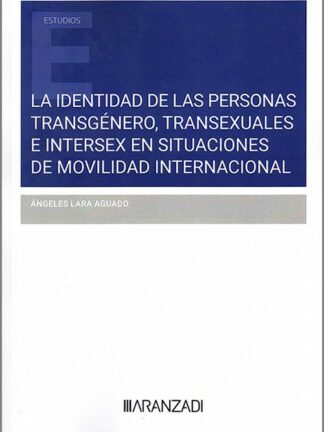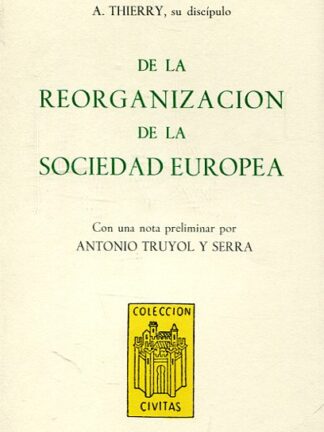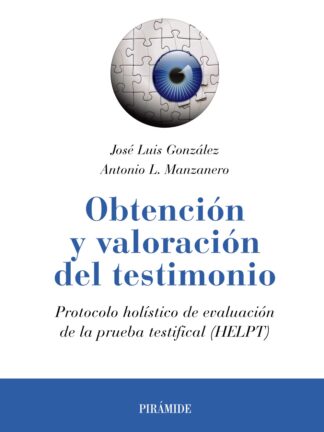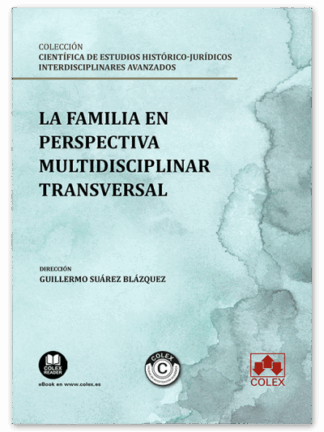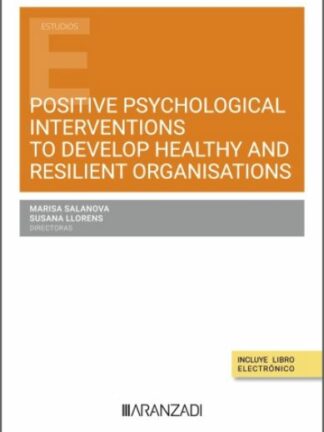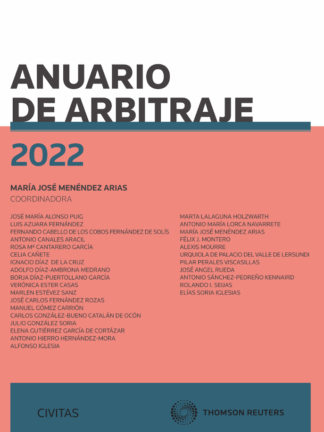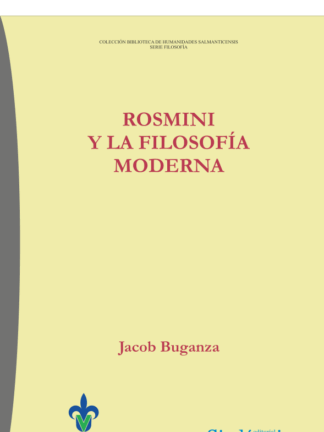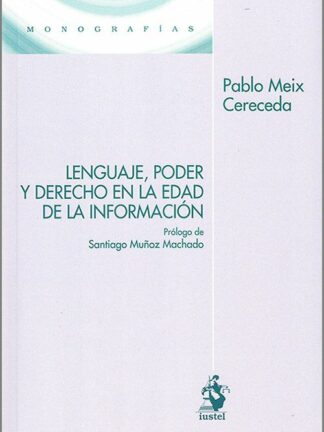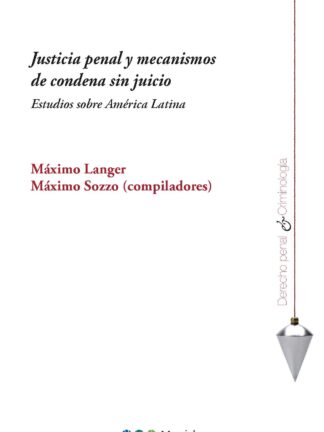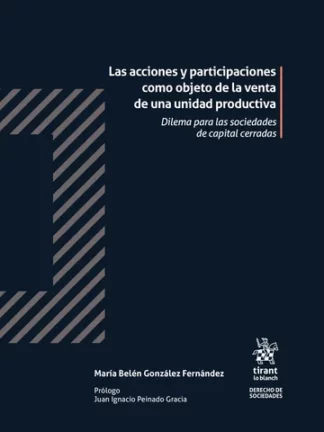Descripción
Law and gender in practice and education
The main objective of this book is to offer a double analysis of the role of gender in education and in the different areas in which it has an impact on professional activity and personal life from diverse perspectives.
On the one hand, it includes interesting contributions on how education can contribute to promoting equality and, on the other hand, it deals with the enormous importance of gender in professional activities in different chapters. Specifically, Labour Law and Social Security will be the central disciplines in most of the content, although the incidence of gender in Civil and Criminal Law are also addressed in the book broadening the number of perspectives. Finally, the inclusion of some chapters covering historical content completes an overview of the importance of gender in all areas of society, an essential current approach.

